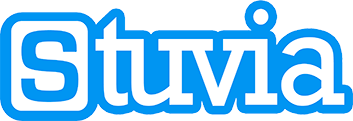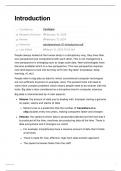Summary
FULL data mining summary
- Course
- Institution
This is a full summary of the course Data mining given by Prof. Fransen, Prof. Laukens and Prof. Meysman. It includes all the topics of the theory classes. Using this together with the notes from the practical classes gave me a 16/20.
[Show more]



